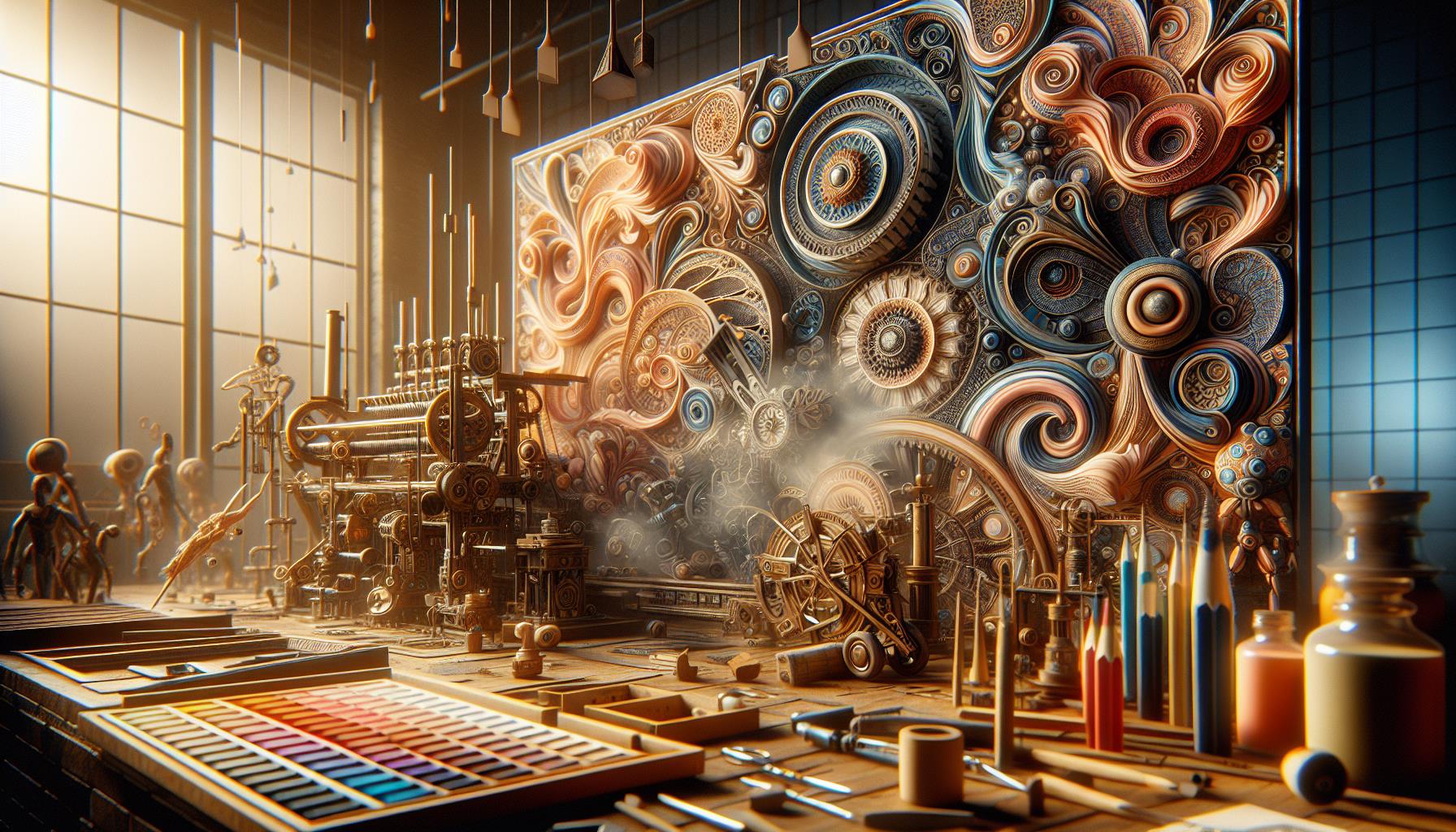Artificial Intelligence has long been a driver of innovation across numerous sectors, but its latest subset, generative AI, is poised to transform the digital landscape. Generative AI refers to the utilization of advanced AI systems to create content that is remarkably similar to that made by humans. This technology leverages deep learning models, including sophisticated neural networks, to produce a variety of digital assets such as text, images, and videos. The implications of these capabilities are vast and varied, impacting several industries and potentially altering the creative process as we know it.
The acceleration in the field of generative AI can be attributed to several factors, including the exponential growth in computing power and the availability of large datasets for training models. Algorithms like AlbertaGPT and AGImageAI are leading the way, showcasing the ability to generate coherent and contextually accurate textual content and visually stunning imagery that challenge the boundaries between human-generated and machine-generated work.
Breakthroughs in Neural Networks
At the heart of generative AI’s rapid advancement lies the evolution of neural network models. These are intricate structures modeled after the human brain, designed to recognize patterns and learn from them. Improvements in neural network architectures, such as the Transformer model, have significantly enhanced the capability of machines to understand and create human-like content. The impact of these advancements is most evident in the emergence of platforms capable of producing highly accurate and nuanced content.
With these advancements, generative AI systems can now understand context, grasp nuances, and generate outputs that were once solely the domain of human intellect. The latest developments in this field are indeed a testament to the remarkable strides taken towards creating machines that can truly think and create like humans.
Transforming Creative Industries
The creative arts have particularly felt the impact of generative AI’s rise, with artists and designers utilizing these technologies to push the boundaries of imagination. Through generative AI, creators can explore new aesthetics and generate unique pieces of art by simply feeding algorithms with their desired parameters. This novel approach to creativity has opened up a plethora of possibilities, allowing for the exploration of uncharted territories in art and design.
Furthermore, the ability to rapidly produce content has democratized the field, enabling individuals without traditional artistic training to express their creativity. The intersection of AI with creativity also raises compelling questions about the nature of art itself, challenging traditional notions of authorship and originality.
Influence on Software Development
Software development is another domain reaping the benefits of generative AI. Through AI-driven code generation and testing, developers can streamline their workflows and tackle more complex projects with greater efficiency. Generative models can automate repetitive aspects of coding, freeing up developers to focus on more strategic and creative aspects of their work.
This shift not only increases productivity but also significantly reduces the scope for human error, potentially leading to more robust and reliable software solutions. As generative AI continues to mature, its role in software development is poised to become even more central, heralding changes in how software is conceptualized, developed, and maintained.
Applications Across Industries
The versatility of generative AI has led to its application across various industries, reshaping traditional methods and workflows. In marketing, for instance, AI-generated content can tailor promotional materials to different demographics at scale, enhancing personalization and engagement. In journalism, it assists in producing news articles and reports, often at a speed that outpaces human capabilities.
Generative AI’s influence extends even into more technical fields like legal and medical documentation, where it assists professionals in drafting and reviewing large volumes of content. Its accuracy and efficiency are becoming invaluable assets in sectors where time and precision are of the essence.
The Future of Generative AI
The trajectory of generative AI suggests a future where the line between human and machine-created content continues to blur. As the technology matures, we can anticipate even greater collaboration between humans and AI, with creative processes becoming more of a partnership than a solitary endeavor. Generative AI has the potential not only to augment human creativity but also to catalyze new forms of expression and communication.
Despite concerns regarding the implications of AI-generated content, particularly in the realms of authenticity and ethics, the proactive development of frameworks to address these issues is underway. The future promises a balanced coexistence where generative AI serves as a tool that amplifies human potential, rather than a replacement for the human touch in the creative process. Indeed, we stand at the precipice of a new era in digital content creation, one that is bound to redefine the landscape in ways we are only beginning to comprehend.
